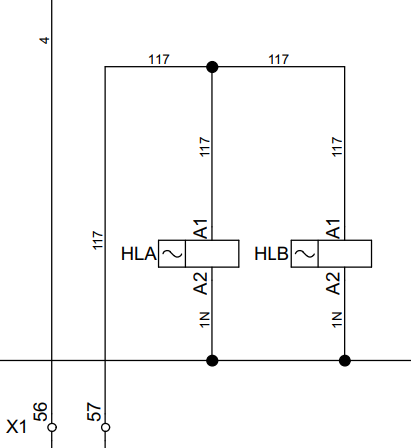Choosing the Right Level Sensing: Radar vs Hydrostatic vs Float Switches
- tristannewton
- Oct 3
- 2 min read
Let’s explore how they work, what's good about each and what can go wrong in real-world use. These are all widely available products, that are use standard signals such as 4-20mA, rather than proprietary signals that aren't compatible with other manufacturers products.
Radar Level Sensing
Radar sensors (like the VEGA C11) use microwaves to measure level. The sensor sends out high-frequency radar pulses, which reflect off the liquid surface. By measuring the time it takes for the echo to return, the sensor calculates distance, and so the level.
Radar is usually unaffected by temperature or vapour. Unlike ultrasonic sensors, microwaves are not slowed down by warm air or distorted by mist. Even in a steamy pump chamber, radar can see the surface clearly. Hot water has a slightly different dielectric constant than cold water, but the difference is so tiny that it does not affect measurement in practice.

Strengths
Continuous, precise readings (millimetre-scale accuracy).
Narrow beam angle, so generally avoids interference from walls and ladders.
Fast update rate, providing a smooth trend.
Unaffected by temperature or vapour.
Weaknesses
Are still liable to false echoes from inflow pipes, ladders, or obstructions if not mounted carefully.
Heavy foam on the water surface may weaken the signal.
More expensive than simpler technologies.
Hydrostatic Level Sensing
Hydrostatic probes (like the Endress+Hauser Waterpilot range) measure the pressure at the bottom of the tank or well. The deeper the water, the greater the pressure. The sensor converts this pressure into a level reading.
In theory, hot water has a slightly lower density than cold water, so the same depth of hot water gives a slightly smaller pressure. In reality, this effect is tiny — a few millimetres difference over several metres of depth.

Strengths
Simple, robust, proven technology.
Works regardless of chamber shape or obstructions.
Easy to install.
Lower cost than radar.
Weaknesses
Have to be placed away from pump suction intake.
Over time, can foul up with grit, sand or other solids.
Excessive bubbles or turbulence can make the reading noisy.
Float Switches
The oldest and simplest technology is the float switch. A buoyant float rises and falls with the liquid level, hen it reaches a set position, it tilts and triggers an electrical contact. Floats are mechanical devices, so steam and air temperature don’t affect them at all. Hot water is only marginally less dense than cold water, but the float still floats, however it can lead to a break down of the float over time.
Float switches can be effected by fat build up causing malfunction over time, a common problem with restaurant wastewater pits. Also float switches can fail if the fluid is corrosive - there are float switches designed for acidic fluid, however they tend to be very expensive and there is still the risk of failure over time, unlike non-contact level sensing such as radar heads.

Strengths
Inexpensive and easy to install.
Very reliable with no electronics to fail.
Ideal for simple pump control (start at high, stop at low).
Excellent as a backup alongside another sensor.
Weaknesses
Only provide on/off signals, not continuous readings.
Can tangle or foul with rags and debris.
Cable wear or hinge wear can occur in turbulent conditions.



